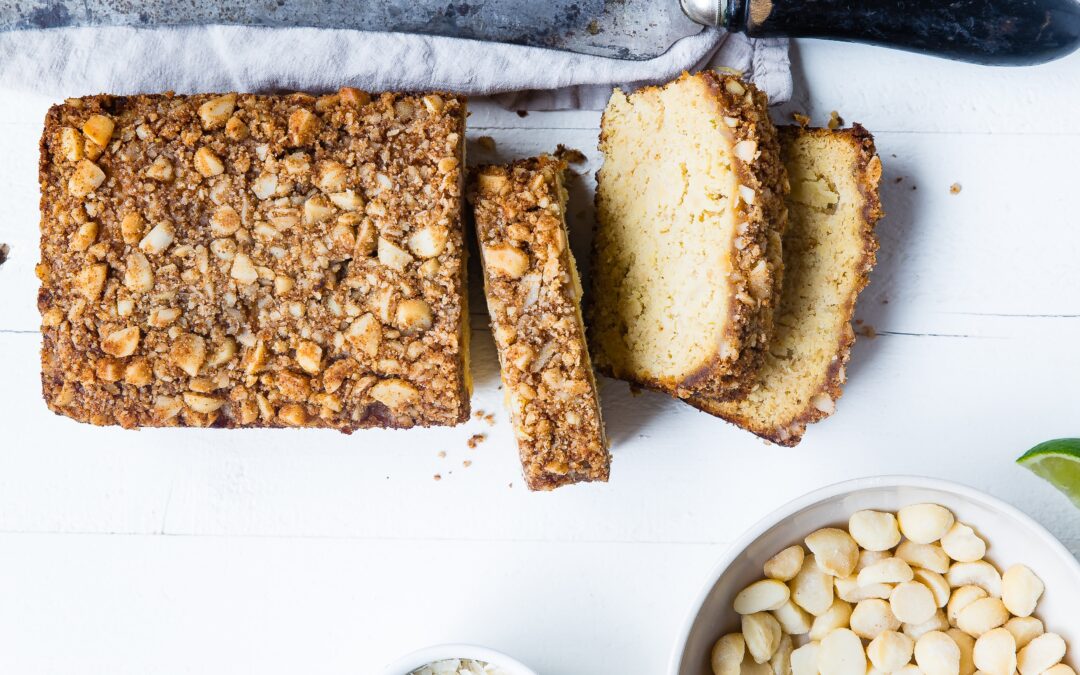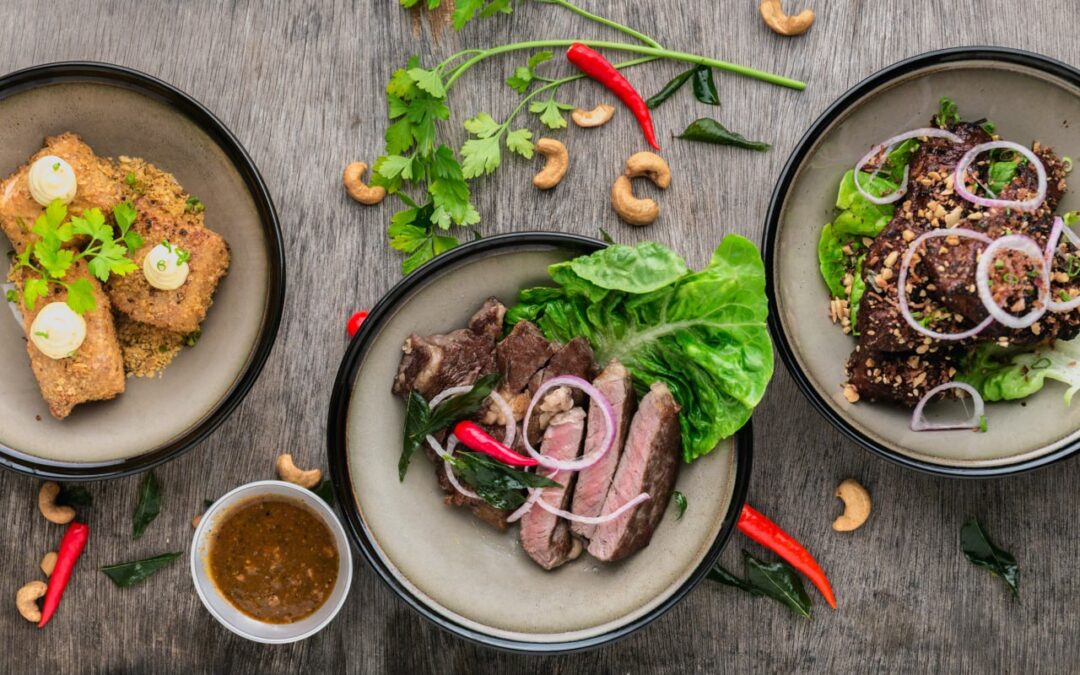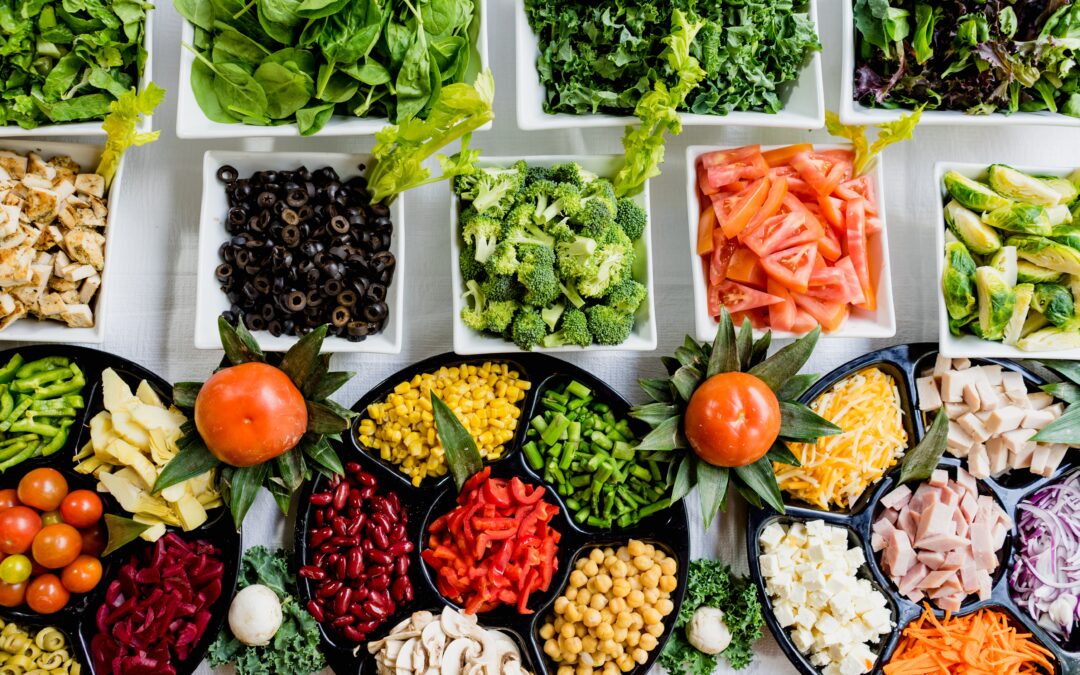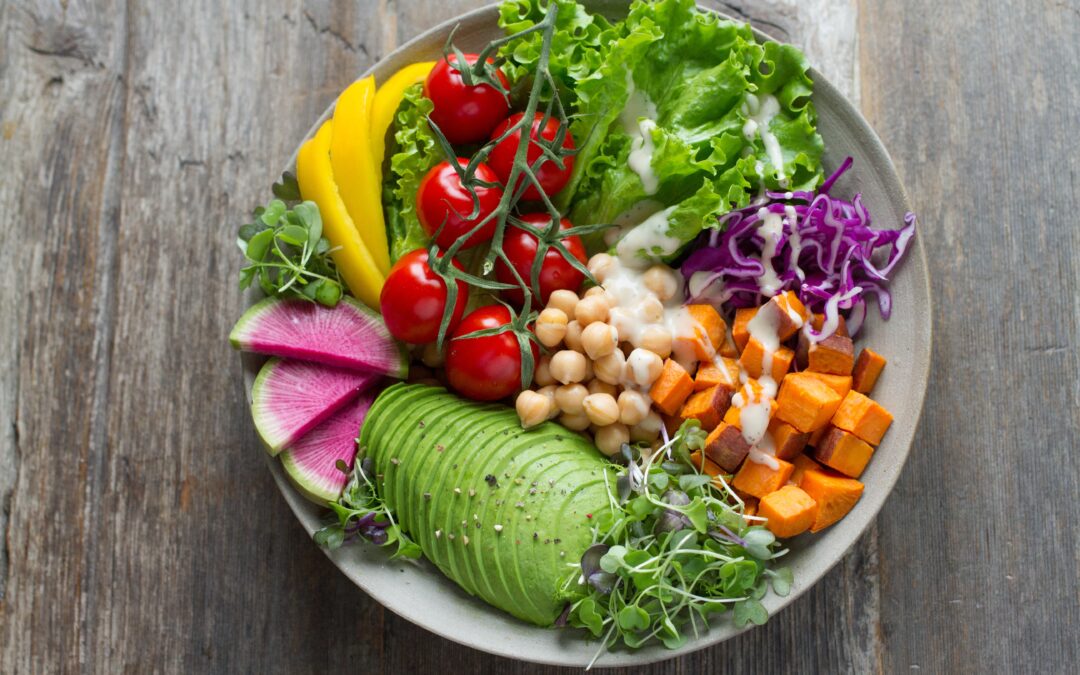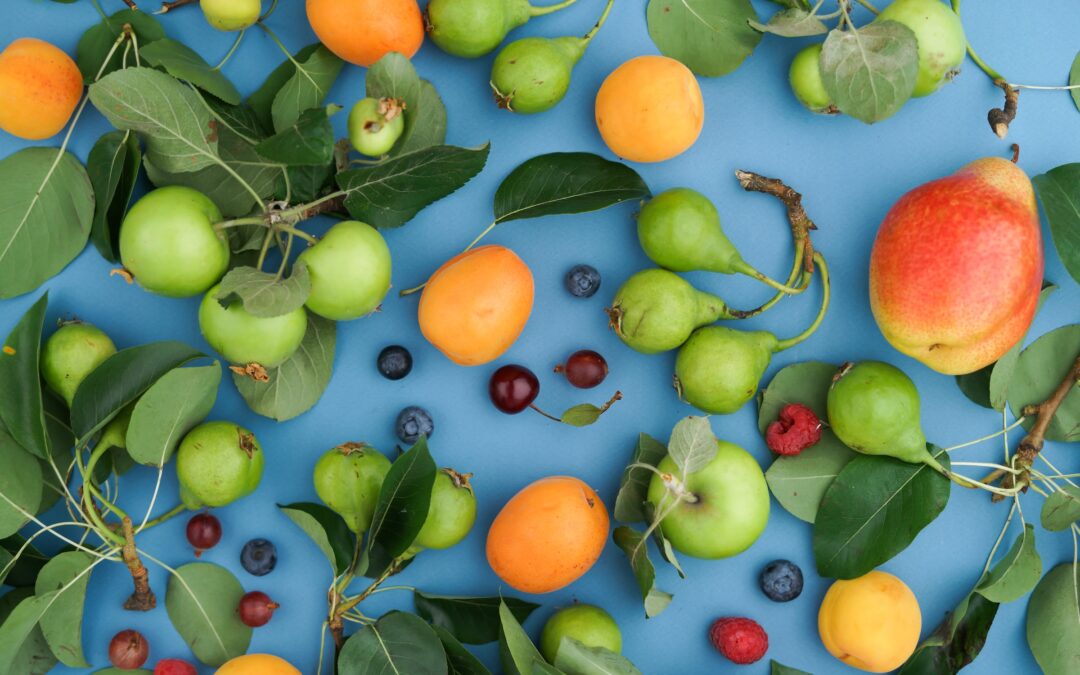
“Eating with the Rhythm of Nature: The Benefits of Seasonal Eating””
Eating in harmony with the seasons is a time-honoured tradition that many cultures have followed for centuries. Seasonal eating is the practice of consuming foods that are harvested during a particular time of the year when they are at their peak in flavour and nutrition. This approach to eating has numerous benefits for both our health and the environment.n this blog post, we’ll explore the benefits of seasonal eating and how to incorporate this practice into your daily life.
Why eat seasonally?
There are many benefits to eating seasonally, including:
- Nutritional Benefits: Seasonal foods are fresher and richer in nutrients than foods that are transported over long distances or grown out of season. Eating seasonal produce can help you get a wider range of vitamins and minerals in your diet.
- Environmental Benefits: Eating seasonally reduces the carbon footprint of your food and supports local agriculture. This means that you’re helping to reduce greenhouse gas emissions, support local farmers, and preserve farmland.
- Economic Benefits: Seasonal eating can save you money. In-season produce is often cheaper than out-of-season produce, as it doesn’t require as much transportation and storage.
Recommended Foods for Each Season
Here are some recommended foods for each season:
- Spring: Asparagus, artichokes, strawberries, rhubarb, peas, fava beans, and leafy greens like spinach and kale are all in season during spring. These foods are rich in vitamins and minerals that can help support your body’s transition from winter to spring.
- Summer: Berries, melons, stone fruits, tomatoes, cucumbers, zucchini, and fresh herbs like basil and mint are all in season during summer. These foods are refreshing and hydrating, making them perfect for hot summer days.
- Fall: Apples, pears, pumpkins, squash, sweet potatoes, carrots, and leafy greens like kale and collard greens are all in season during fall. These foods are rich in nutrients that can help support your immune system during the colder months.
- Winter: Citrus fruits, root vegetables like beets and carrots, cabbage, kale, and winter squash are all in season during winter. These foods are rich in vitamin C
In conclusion, eating seasonally is a way to honour our connection to nature, and it has many benefits for our health, the environment, and the local economy. By incorporating seasonal foods into our diets, we can enjoy fresher, more nutritious foods while supporting local farmers and reducing our carbon footprint.
At BoostHub, we also believe that seasonal eating is an important part of a healthy and sustainable lifestyle. That’s why we offer a range of resources and guides to help you incorporate seasonal foods into your diet. Join us in eating with the rhythm of nature and enjoy the many benefits of seasonal eating.

